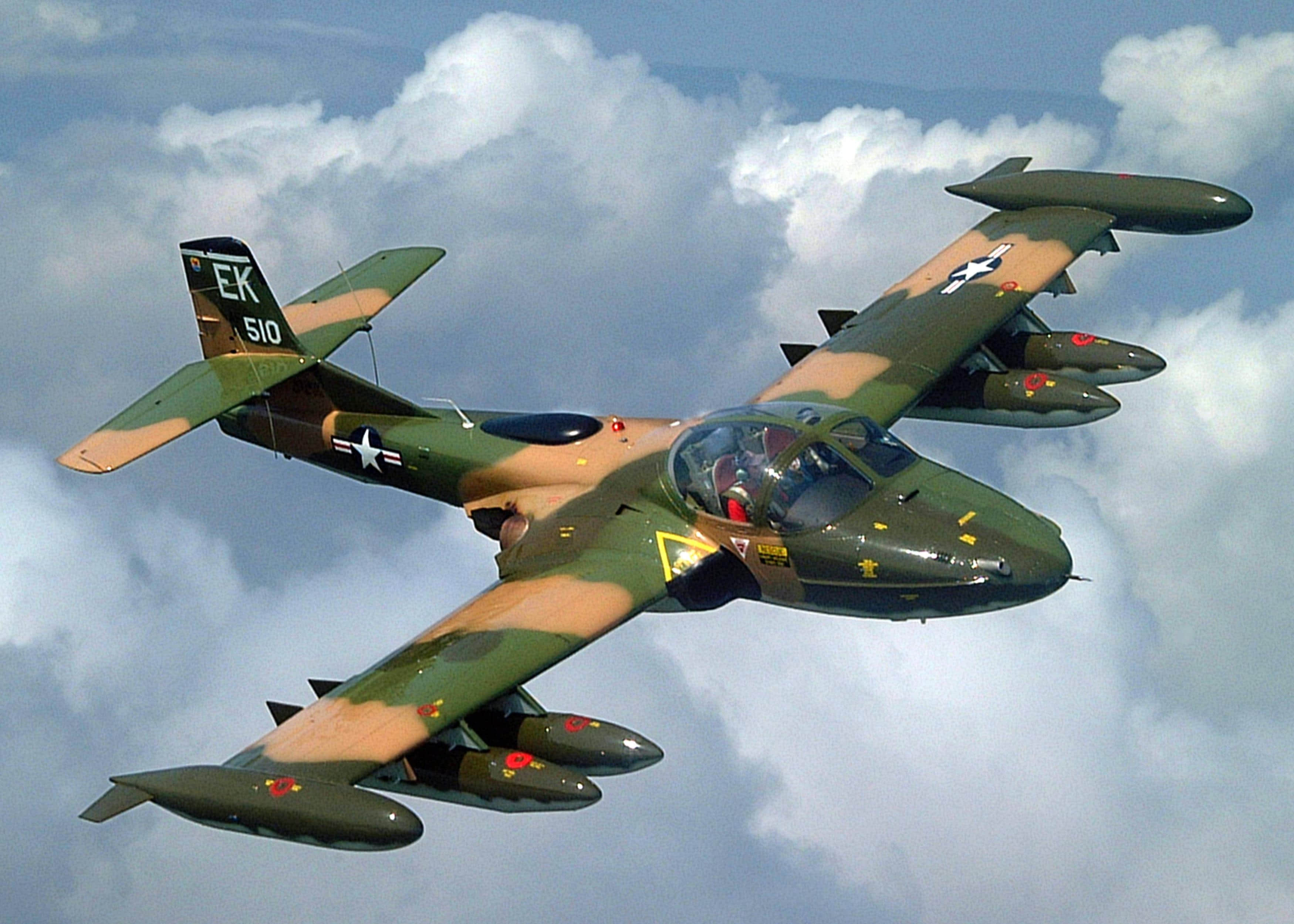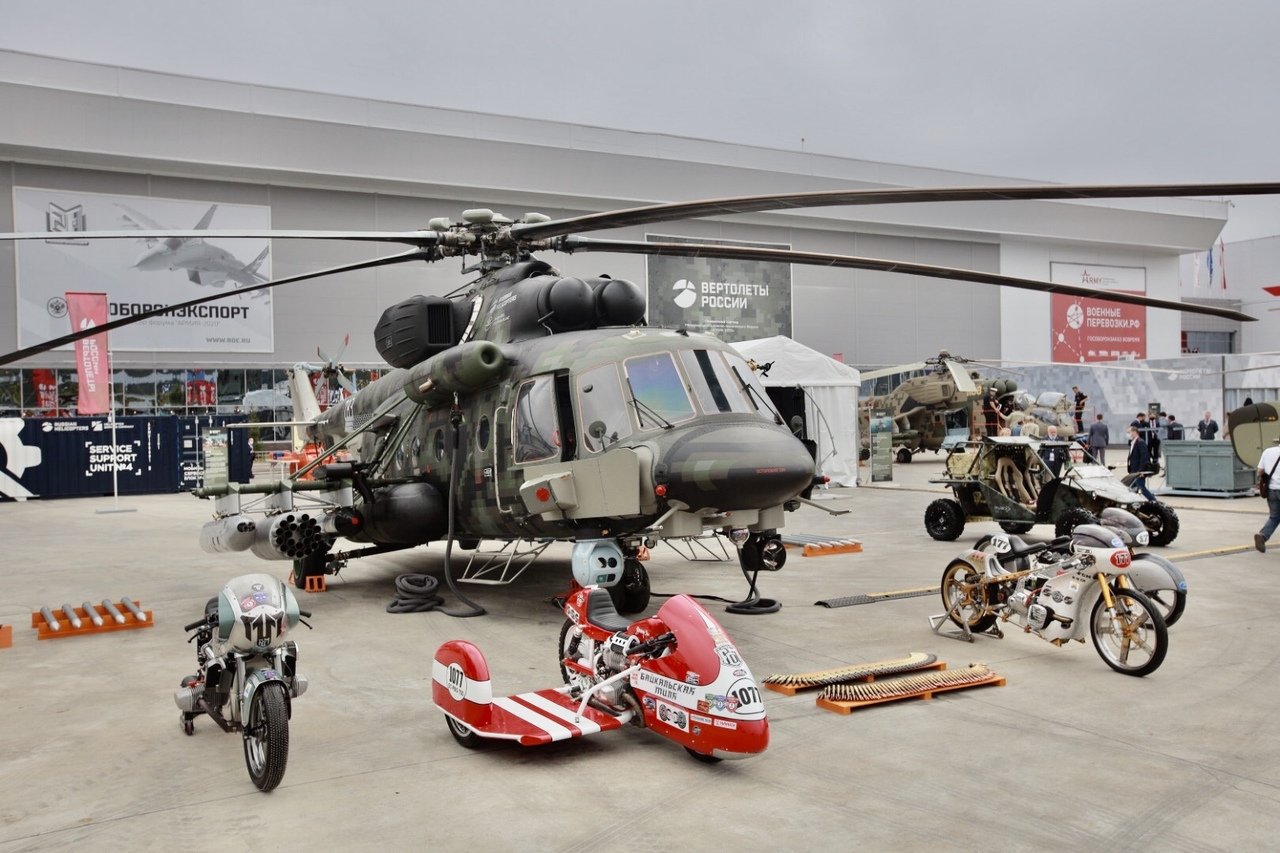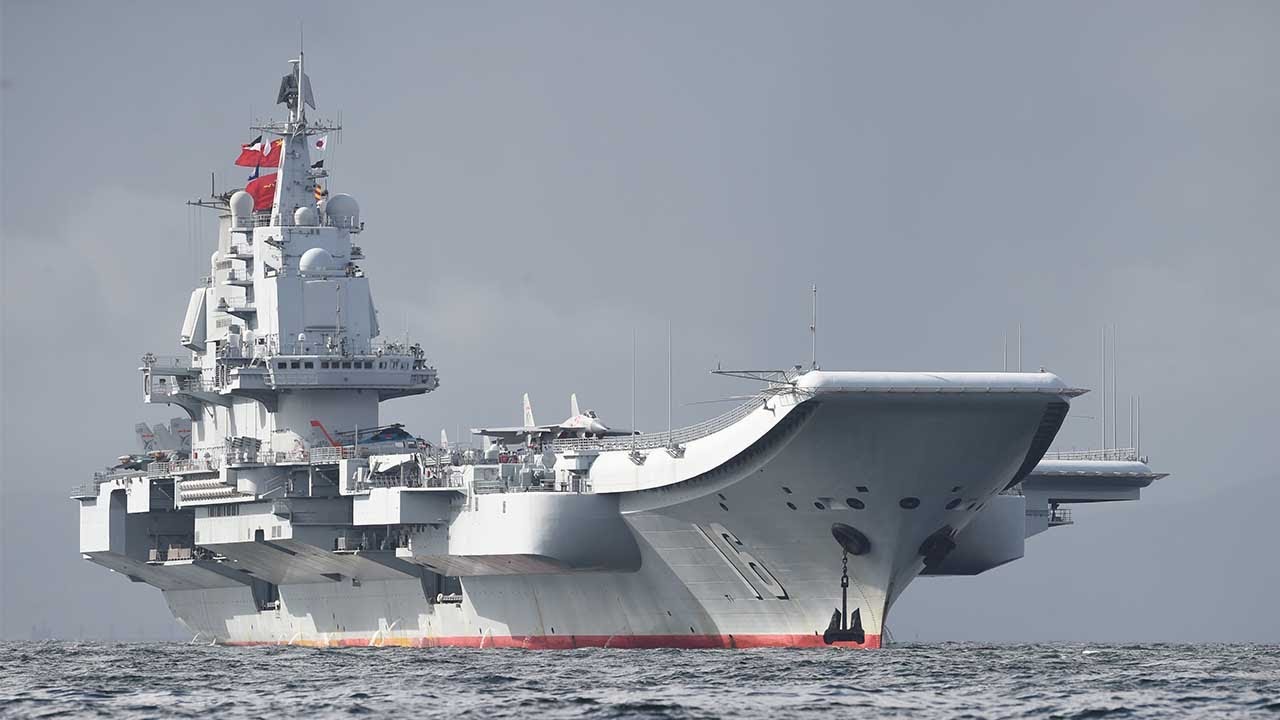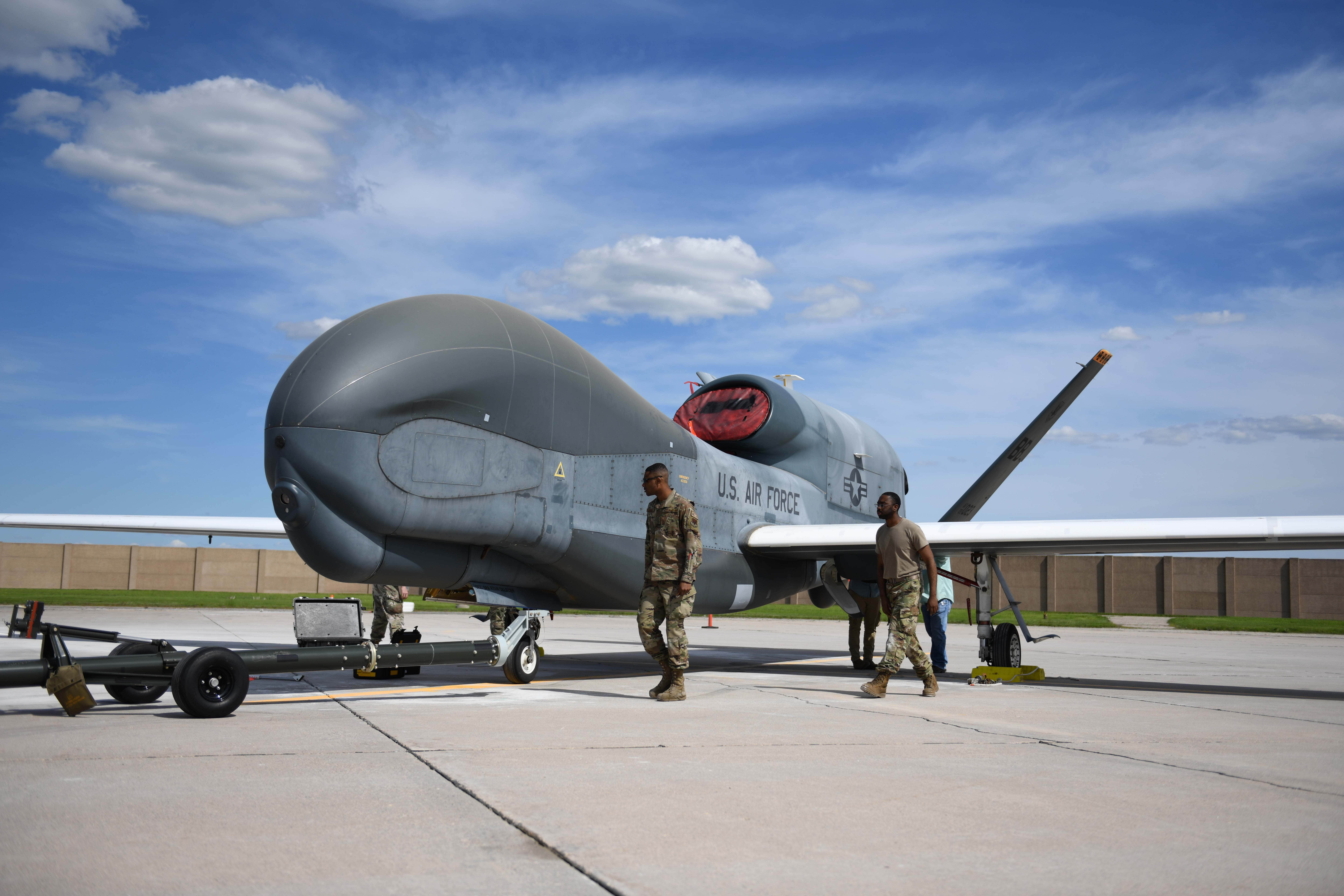As the intensity of the Vietnam War escalated in 1963 and American aircraft losses surpassed expectations, the US Air Force found an urgent need for a counter-insurgency aircraft. The A-37 Super Tweet emerged as one of the few American aircraft to undergo initial testing in actual combat scenarios.
The A-37 Super Tweet was one of the few American aircraft that was first tested during actual combat. As the Vietnam War escalated in 1963 and American aircraft losses were higher than expected, the US Air Force desperately needed a counter-insurgency aircraft to fill the gap between support and offensive vehicles for military operations coordinated with ground forces.

The main aircraft companies that built warplanes during the Vietnam War were Bell, Lockheed, Northrop, McDonnell, and Boeing. Other manufacturers provided the United States with aircraft such as the Huey helicopter, the AH-1 Cobra, the AC-130, the F-4 Phantom, and the F-5 Tigers, some of which are still used today. But lesser-known civilian companies also participated in the 20-year conflict.

When the US Air Force issued a request for proposal, commercial airplane manufacturer Cessna Aircraft Company came through. The Kansas-based company produced one of the lesser-known but most effective aircraft of the war. The A-37 Dragonfly, nicknamed the Super Tweet because of the peculiar sound it produced, was a light attack warplane based on the T-37 trainer. Two prototypes were initially created, but because of the urgent need for night interdiction and close air support missions in Vietnam, the Super Tweet was hastily sent into combat.

fill the gap between support and offensive vehicles for military operations coordinated with ground forces.
The main aircraft companies that built warplanes during the Vietnam War were Bell, Lockheed, Northrop, McDonnell, and Boeing. Other manufacturers provided the United States with aircraft such as the Huey helicopter, the AH-1 Cobra, the AC-130, the F-4 Phantom, and the F-5 Tigers, some of which are still used today. But lesser-known civilian companies also participated in the 20-year conflict.

When the US Air Force issued a request for proposal, commercial airplane manufacturer Cessna Aircraft Company came through. The Kansas-based company produced one of the lesser-known but most effective aircraft of the war. The A-37 Dragonfly, nicknamed the Super Tweet because of the peculiar sound it produced, was a light attack warplane based on the T-37 trainer. Two prototypes were initially created, but because of the urgent need for night interdiction and close air support missions in Vietnam, the Super Tweet was hastily sent into combat.
VIDEO:





